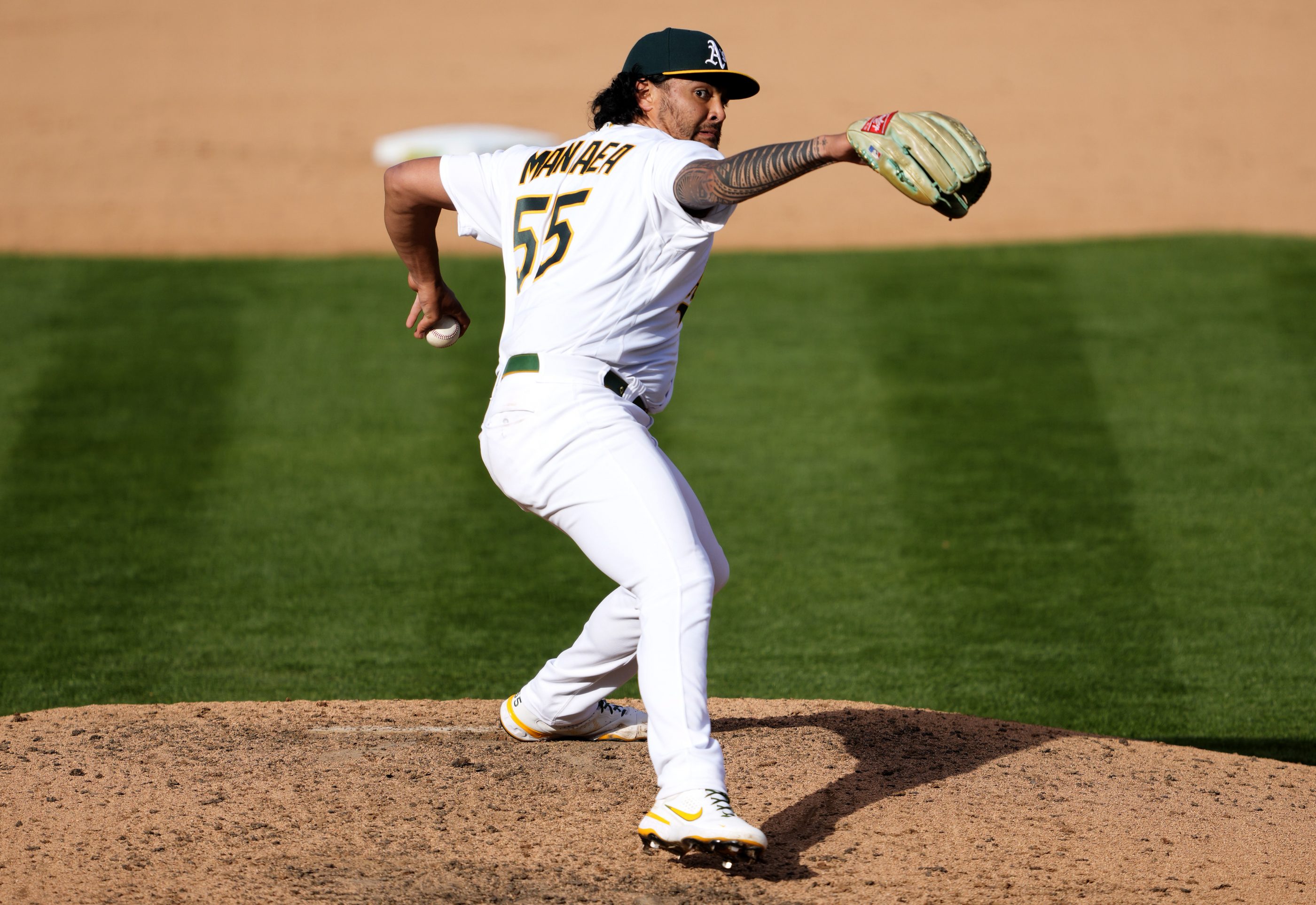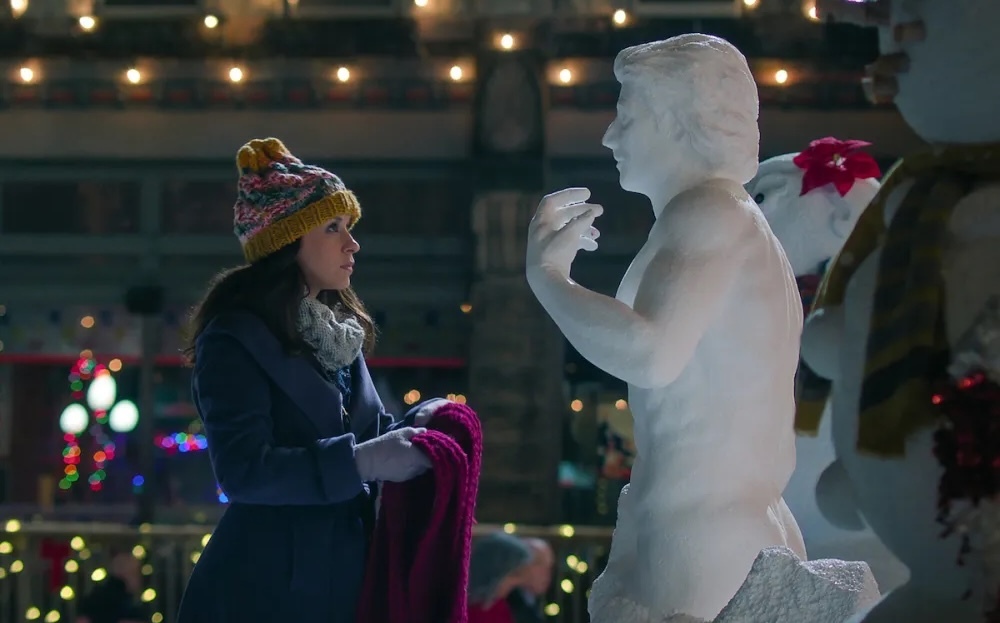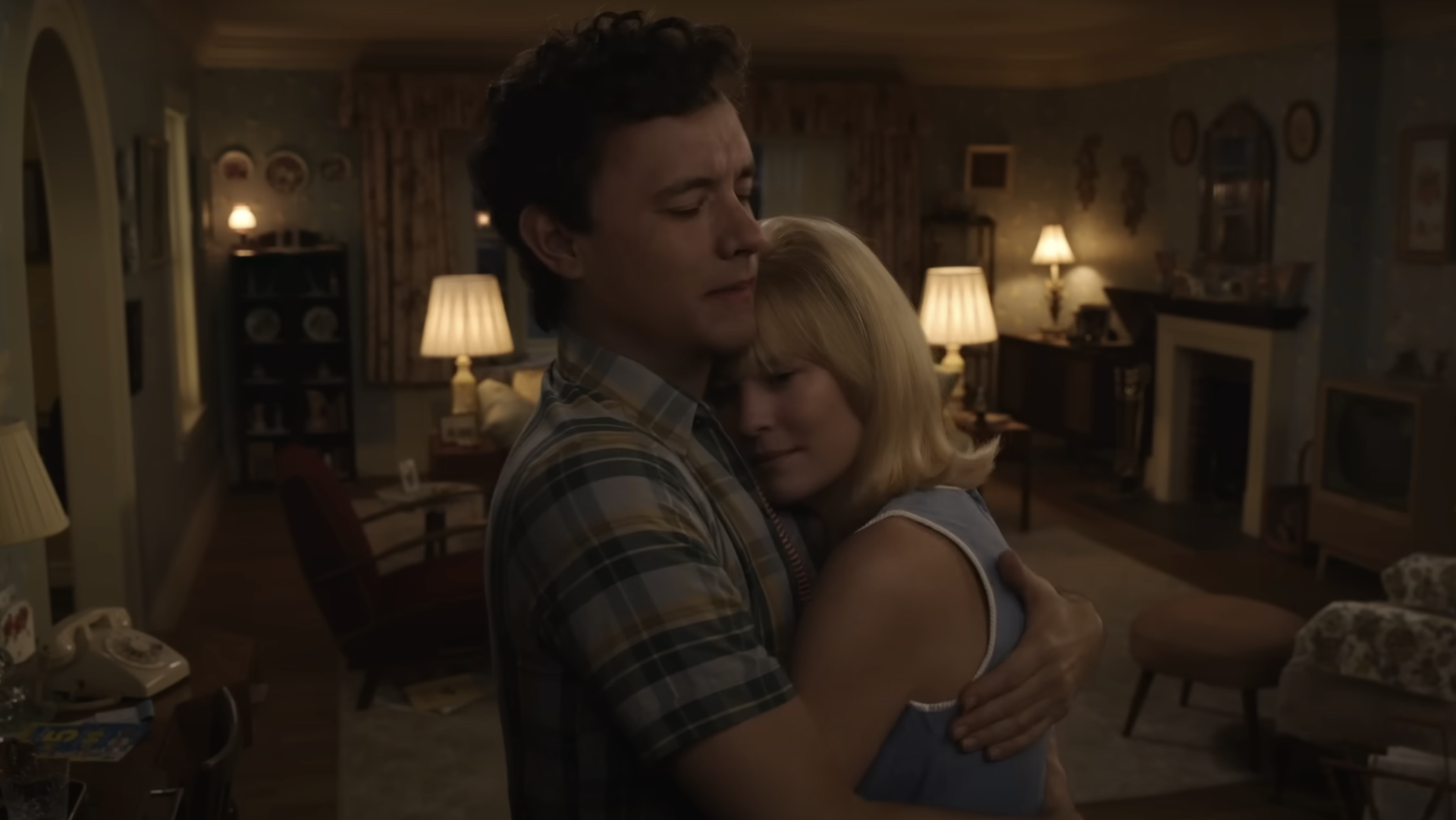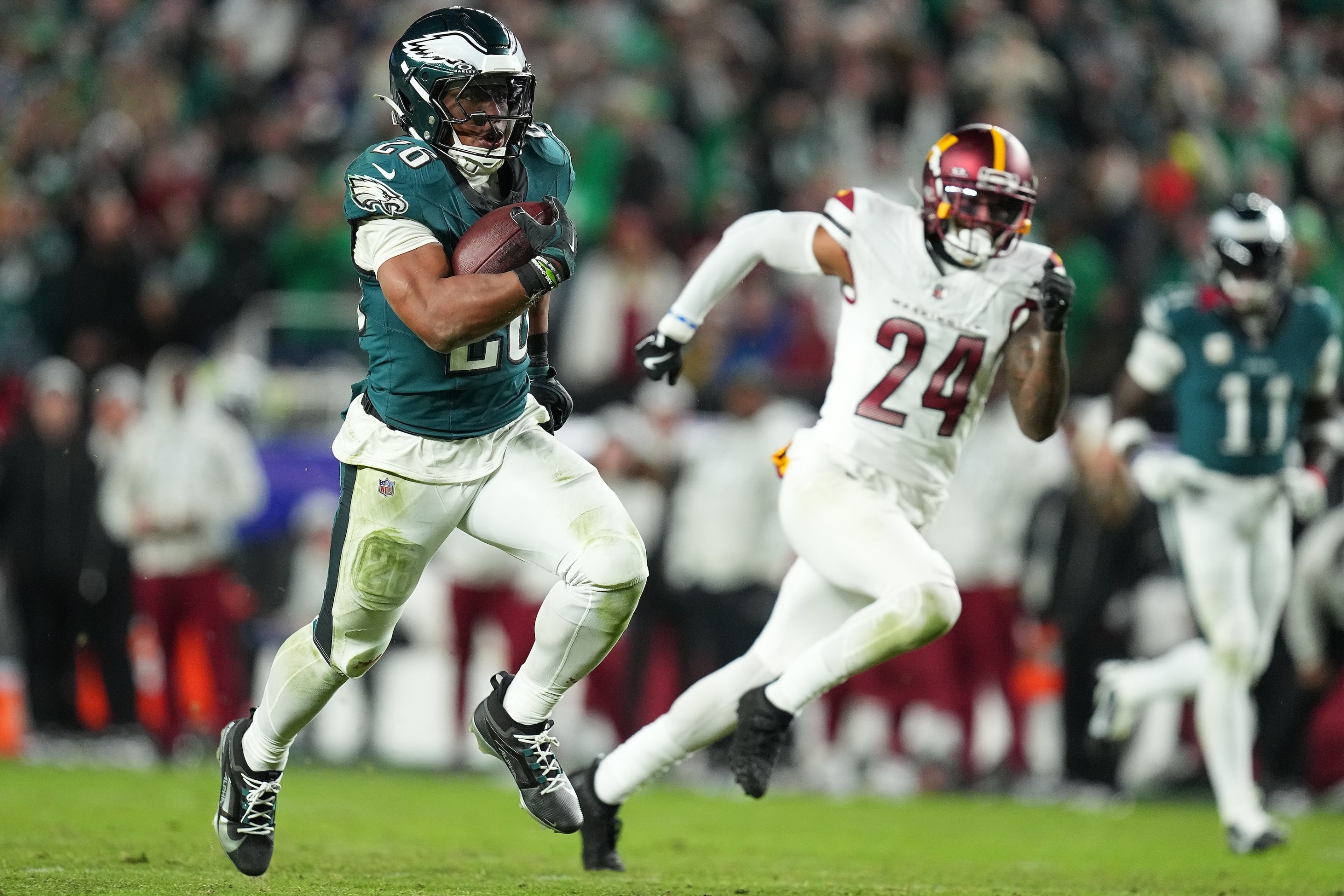The Oakland A's destroyed the Minnesota Twins, 7-0, in Game 1 of their doubleheader on Tuesday, riding three home runs and a stellar seven-inning, six-hit, seven-strikeout performance from Sean Manaea to a comfy victory. It was undeniably a great effort from the A's starter, but the nature of shortened-game doubleheader baseball in 2021 can put it in confusing terms. Here's how the Associated Press wrote about it in their game recap (emphasis mine):
The left-handed Manaea (2-1) allowed six hits, struck out seven and walked one over seven innings, throwing 95 pitches for his second career complete game and shutout — he no-hit the Red Sox at home on April 21, 2018.
Hm. No. I mean, yes, OK, I understand that when a game is seven innings long, and a pitcher pitches for all seven of those innings, it can in fact be described as a "complete game" based on the definitions of both "complete" and "game." But my brain does not like it! Except in extremely rare weather-caused incidences, a complete game in my lifetime has never been earned by a guy who pitched just seven innings, and to describe Manaea's outing on Tuesday in a way that puts it on par with his nine-inning no-hitter from before the pandemic times just feels wrong.
Last year's COVID-shortened 60-game season introduced this quirk, as postponements caused by positive virus tests forced more doubleheaders which in turn created the need for those specific games to be shorter. But now that we're back to a 162-game season, with butts in the seats at every ballpark, the drastic changes to the game that fans accepted as a necessity back in 2020 now stand out like sore thumbs.
The other massive twist is the automatic runner starting on second in extra innings, which seems to be annoying to most if not all baseball fans, because it's an even more extreme warping of traditional baseball definitions than the phony complete game. Tom Scocca a couple of weeks ago pretty succinctly explained how suddenly starting an inning with more than double the number of expected runs for the hitting team totally throws off our default state of mind while watching a tight baseball game. And, in a more quantifiable way, the fact that the extra runner changes the meaning of traditional counting stats like RBIs and even, mid-game, runs scored makes the whole sport feel just a bit more wobbly.
The scoreboard said "4-3" in the middle of the 11th but it didn't mean what a 4-3 score in mid-inning meant for the whole prior century-plus of normal baseball, it meant something more like the score was 4 to 3.6
— Tom Scocca (@tomscocca) April 8, 2021
Not everyone is on the same page here. The rules obviously wouldn't be in play if they didn't have the support of powerful people within baseball, and those folks generally believe that nobody is well-served by having a game go, like, 14 innings in the midst of an already grueling season.
“We were at four hours going into the 10th inning,” Brewers manager Craig Counsell said after his team won a game in extras at the start of the year. “That was enough. That’s enough; it really is. That’s as simple as I can state it. We didn’t need another two hours of that game.”
But if your regulation-length game is taking four hours to get through, I would argue the problem is not the ending but the beginning and the middle. Baseball games keep lasting longer and longer—the average time has increased by 20 minutes in the past decade—but every solution offered by MLB is gimmicky. The analog intentional walk is gone; mound visits and pitching changes are very slightly limited; doubleheaders are artificially shortened; a ghost runner appears on second base. But there are still 20 or so long commercial breaks in every game, and 25 seconds between every pitch, and a whole four minutes between balls in play. If your stated aim is to keep games at a manageable length, it's hard to take seriously any rule that ignores the clear and fundamental causes.





